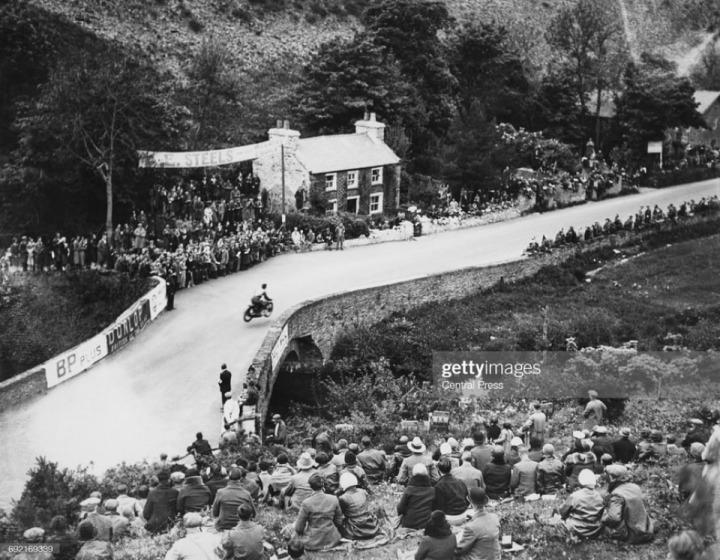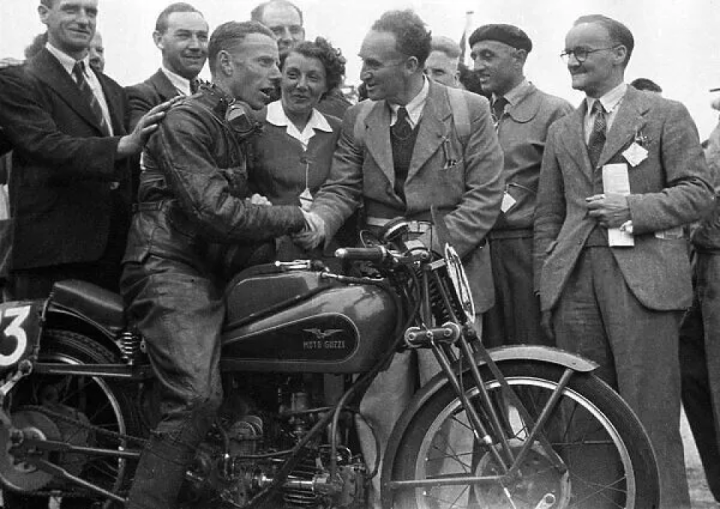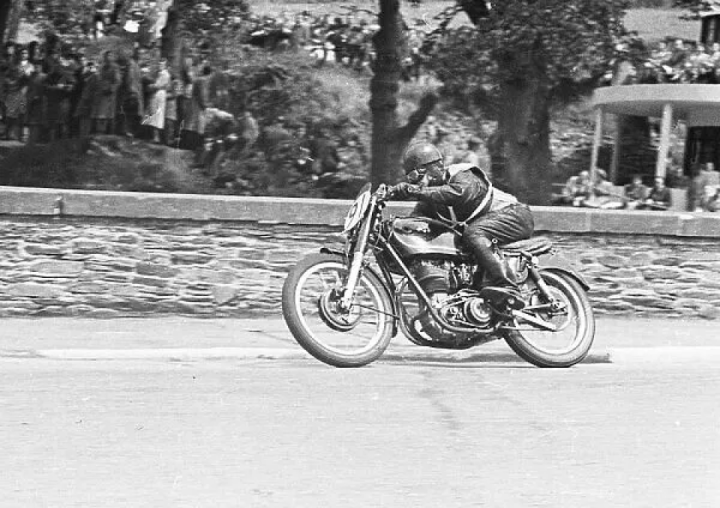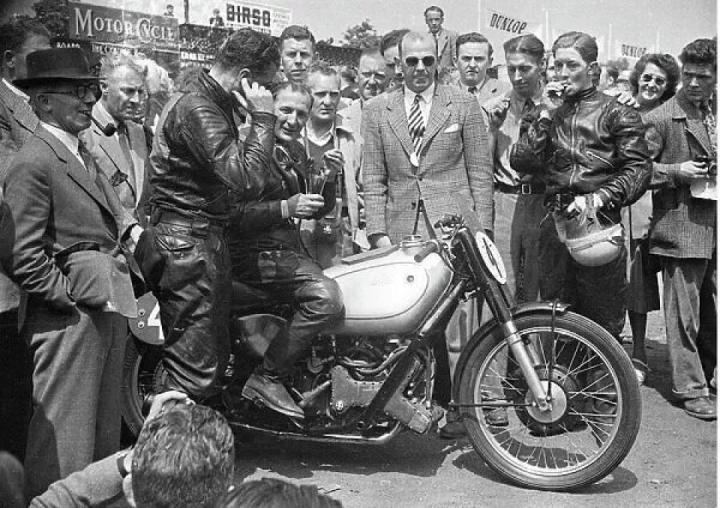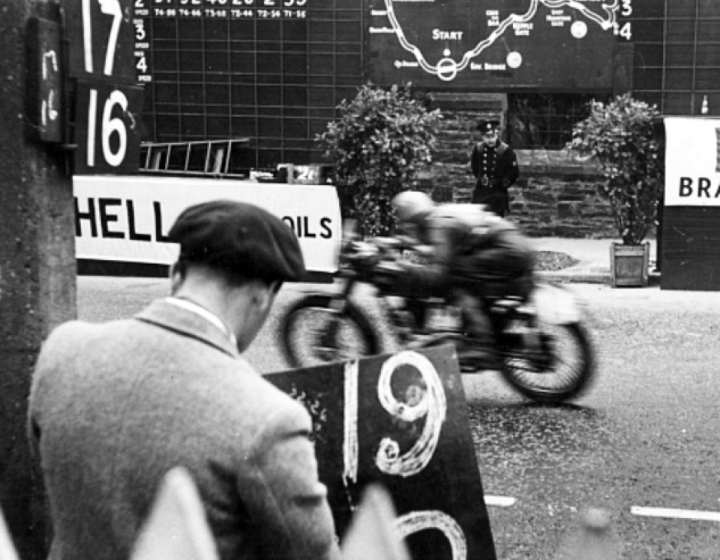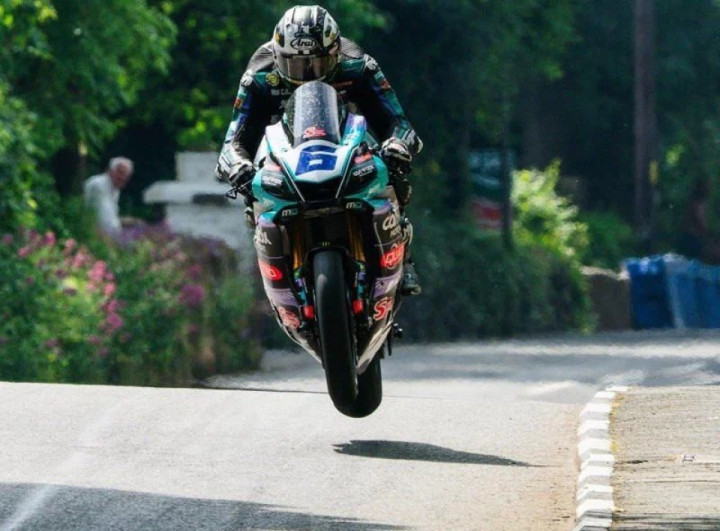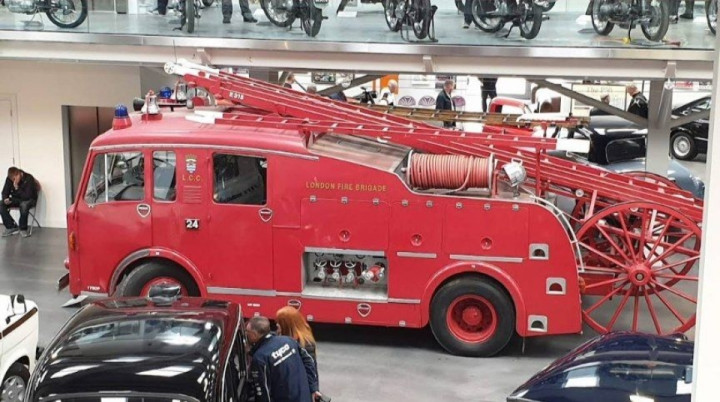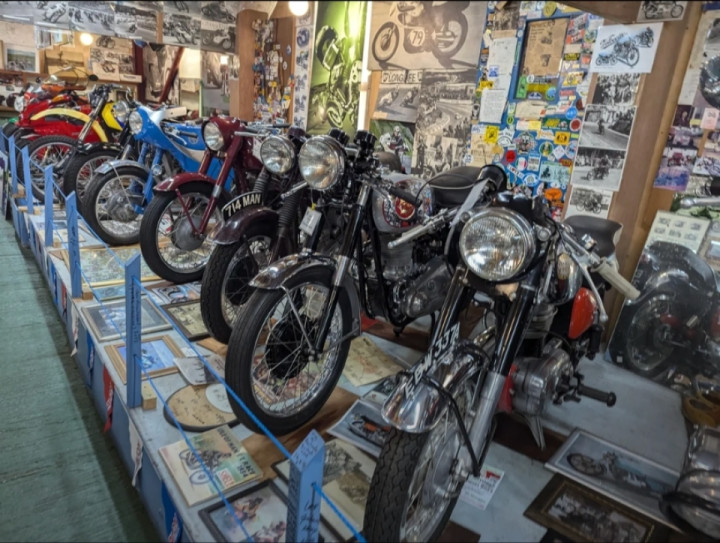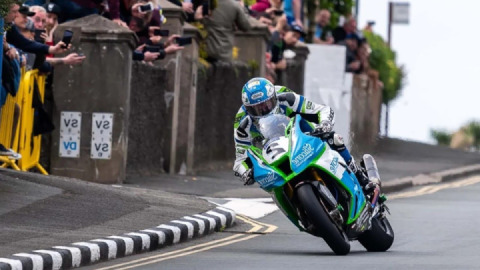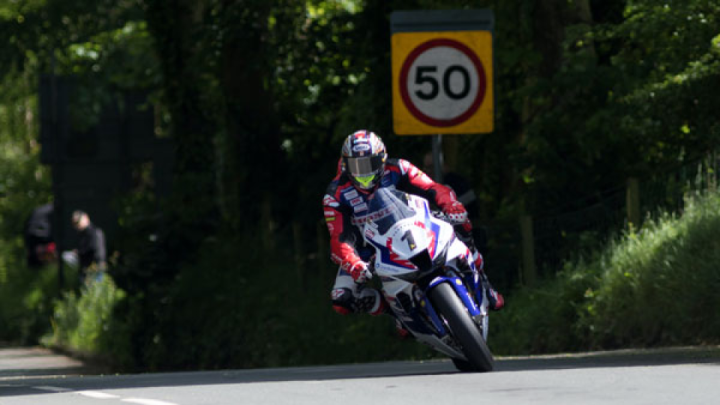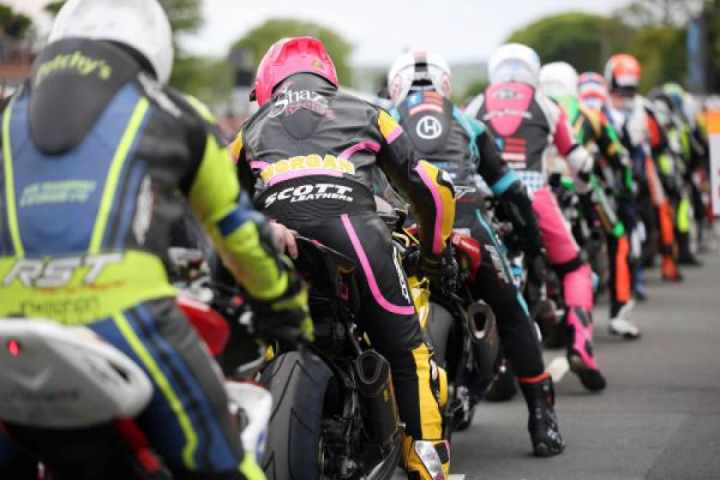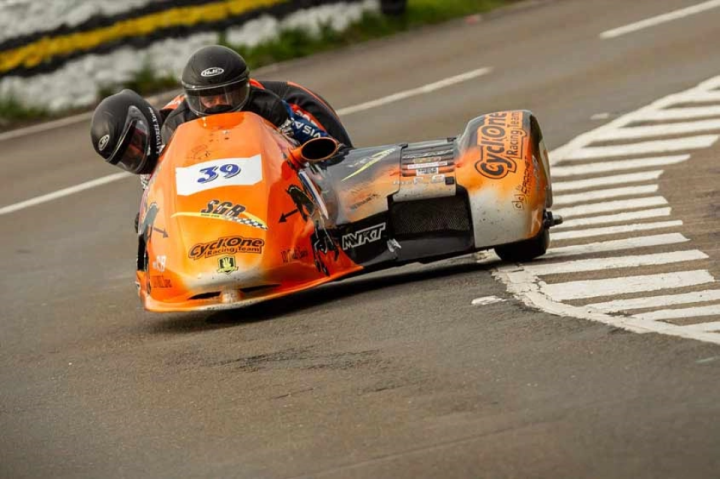1932 Rudge 350cc Racing Motorcycle, the ex-works, Isle of Man TT
The full potential of Rudge’s four-valves-per-cylinder design was slow to emerge, but in 1928 Graham Walker’s works 500 became the first motorcycle to win a road race - the Ulster Grand Prix - at an average speed in excess of 80mph, a feat which led to the introduction of the legendary ‘Ulster’ sports model. Early engines deployed parallel valves in a pent-roof combustion chamber, but then in 1930 a trio of 350s appeared at the Isle of Man with radially disposed valves. This new arrangement emphatically demonstrated its superiority when the Rudge team of Tyrell Smith, Ernie Nott and Graham Walker finished 1st, 2nd and 3rd in the Junior TT. Nott, Walker, Smith and Wal Handley were entered on 500s in the Senior race, Handley finishing 1st at a record speed of 74.24mph with Walker 2nd, Smith 6th and Nott 7th, winning for Rudge the coveted Team Prize.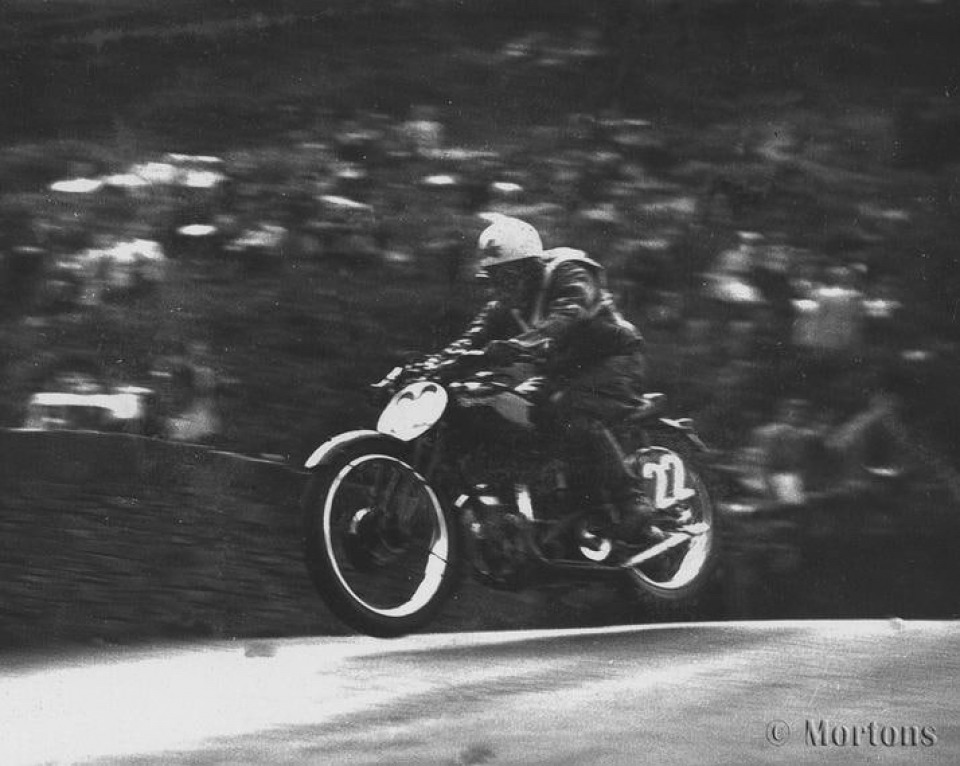
Although the 350s had demonstrated the effectiveness of the radial four-valve cylinder head, the 500s had kept the old parallel valve layout and were redesigned for the 1931 season with a combination ‘semi-radial’ arrangement, incorporating radial exhausts and parallel inlets. There was also an all-Rudge racing 250 for the first time (JAP engines had been used hitherto) with 350-style top-end. The 1931 season started well for Rudge, with outright and 350cc class wins in the North West 200, while the new 250 enjoyed a dream debut at the Isle of Man TT, Graham Walker winning the Lightweight event at record speed with Tyrell-Smith 2nd and Ernie Nott 4th. In the Junior and Senior events however, the works Rudges were stricken by handling problems attributed to altered weight distribution caused by relocating the magnetos behind the cylinders. Ernie Nott was Rudge’s top performer with 3rd place in the Junior and 4th in the Senior, both races being dominated by the overhead-camshaft Nortons.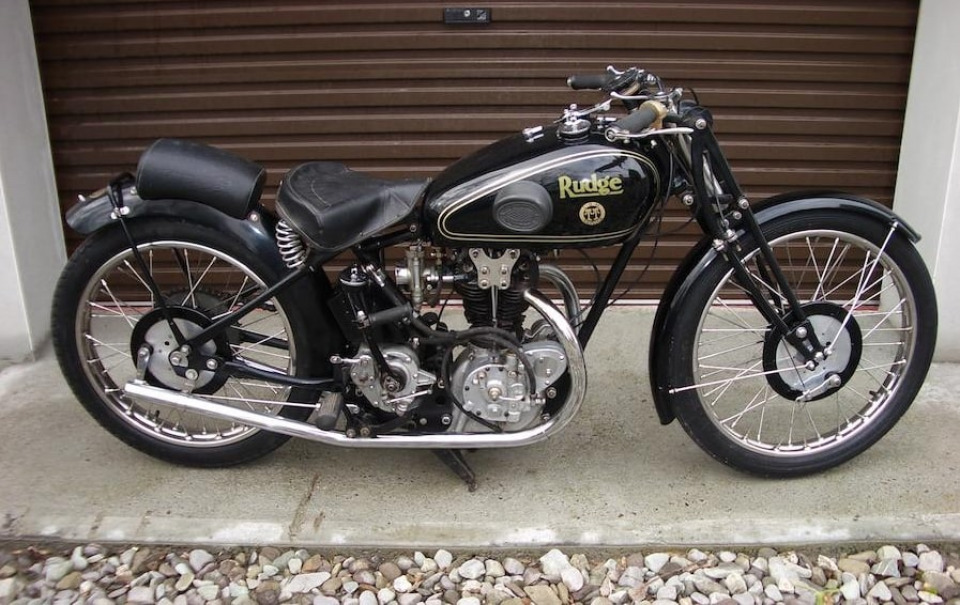
Difficult trading conditions in the early 1930s had seen Rudge sales falling steadily, so for 1932 the works racing effort was cut back to ten machines: three 250s, three 350s and four 500s. Both the 350 and 500 engines reverted to a front-mounted magneto, while the latter benefited from redesigned inlet valves and ports. Once again Rudge dominated the North West 200, repeating its 1931 result, but met with further disappointment at the TT. Despite an exceptionally strong four-man team comprising Ernie Nott, Graham Walker, H G Tyrell-Smith and Walter Handley, the best results were Handley’s 2nd and Tyrell-Smith’s 3rd places in the Junior, though Nott had been leading the Lightweight race when his engine blew up on the final lap.
This ex-works TT Rudge was found in Waterford, Ireland in the 1970s (H G Tyrell-Smith was Irish, so it is possible that this may have been his bike). Recorded in the VMCC Register as a works machine, it possesses numerous distinguishing features differentiating it from the catalogued ‘TT Replica’ model sold to customers. These include: 8” alloy brake plates; left-hand side fully ribbed crankcase; 6-bolt fixing on rocker plates (Replica Model had 4); oval inlet port; oversize valves; handlebar adjusters; carburettor with ‘10 TT 32’ markings; steering damper; left-hand gearchange with crossover shaft; separate oil feed to the camshaft; and engine stamped ‘TT427’.
 Follow
6.4K
Follow
6.4K


